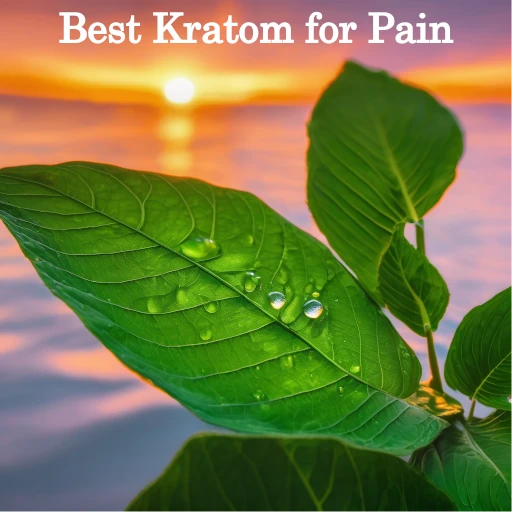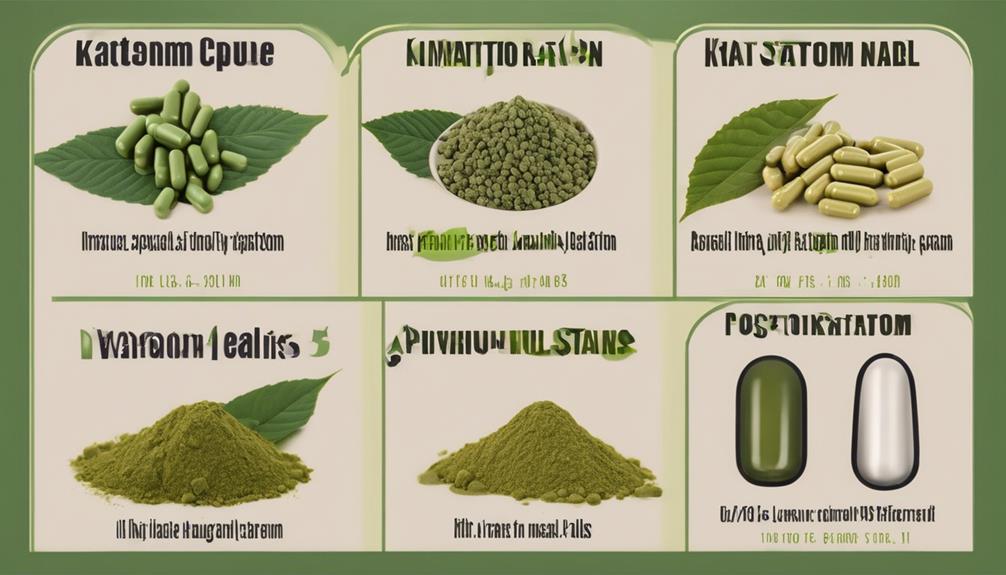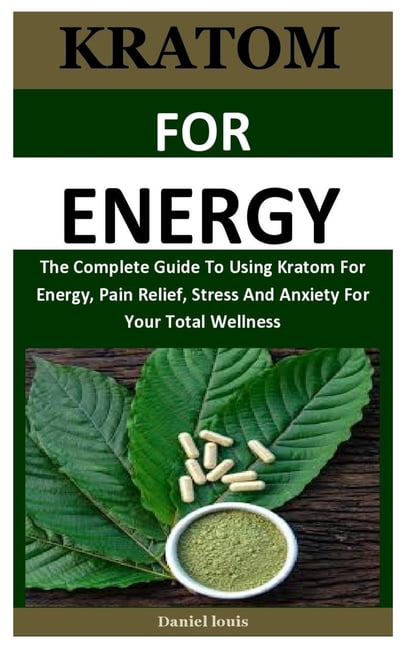Best Kratom For Energy And Pain

The search for natural alternatives to manage energy levels and chronic pain is driving a surge in interest surrounding Kratom (Mitragyna speciosa), a tropical tree native to Southeast Asia. Users report varying effects depending on the strain and dosage, leading to both fervent advocacy and growing concern regarding its safety and regulation. Navigating the complexities of Kratom requires careful consideration and a deep understanding of its potential benefits and risks.
This article aims to provide an objective overview of Kratom, specifically addressing its potential for boosting energy and alleviating pain. It will explore different strains, their purported effects, and the scientific evidence supporting or refuting these claims. Furthermore, it will delve into the legal landscape surrounding Kratom, potential side effects, and the importance of responsible usage, offering a balanced perspective for informed decision-making.
Understanding Kratom Strains and Their Effects
Kratom's effects are primarily attributed to two active alkaloids: mitragynine and 7-hydroxymitragynine. The concentration of these alkaloids varies depending on the Kratom strain, influencing its impact on the body. Strains are typically categorized by the color of the leaf vein: red, green, and white, each associated with distinct effects.
White Vein Kratom: Energy and Focus
White vein Kratom is often touted for its stimulating and energizing properties. Users report increased alertness, enhanced focus, and improved mood. It is believed to be particularly effective for combating fatigue and boosting productivity, making it a popular choice for those seeking a natural alternative to caffeine or other stimulants.
However, white vein Kratom can also be more prone to causing anxiety or jitteriness in some individuals, especially at higher doses. Dosage control is crucial to avoid adverse effects. Beginners are generally advised to start with a low dose and gradually increase it until they find the optimal level.
Green Vein Kratom: Balanced Effects
Green vein Kratom is considered a balanced strain, offering a combination of energy and pain relief. It is often described as providing a smooth and sustained energy boost without the harsh side effects associated with some white vein strains. Green vein Kratom may also offer mild analgesic properties, making it a versatile option for those seeking a general sense of well-being.
Many users find green vein Kratom to be suitable for daytime use, allowing them to stay focused and productive without feeling overly stimulated or sedated. Its balanced nature makes it a good starting point for those new to Kratom.
Red Vein Kratom: Pain Relief and Relaxation
Red vein Kratom is primarily known for its analgesic and relaxing effects. It is often used to manage chronic pain, reduce anxiety, and promote sleep. Red vein Kratom strains tend to have higher concentrations of 7-hydroxymitragynine, contributing to their potent pain-relieving properties.
Due to its sedative effects, red vein Kratom is generally recommended for evening or nighttime use. It is important to note that red vein Kratom can be more likely to cause drowsiness or lethargy, particularly at higher doses. This strain is often favored by those seeking relief from insomnia or muscle tension.
The Science Behind Kratom's Effects
Research on Kratom is still in its early stages, but preliminary studies suggest that mitragynine and 7-hydroxymitragynine interact with opioid receptors in the brain. This interaction is believed to be responsible for Kratom's analgesic and mood-altering effects. However, the precise mechanisms of action are not yet fully understood.
A 2017 review published in the journal *Pharmacology, Biochemistry, and Behavior* highlighted Kratom's potential as a pain reliever and antidepressant. The study acknowledged the need for further research to fully elucidate Kratom's effects and potential risks. Other studies have investigated Kratom's impact on energy metabolism, although results remain inconclusive.
The National Institute on Drug Abuse (NIDA) acknowledges that Kratom can produce stimulant effects at low doses and sedative effects at high doses. NIDA emphasizes the importance of further research to understand the full scope of Kratom's effects on the brain and body.
Legality, Safety, and Responsible Use
The legal status of Kratom varies widely across the globe and even within the United States. Some states and municipalities have banned Kratom due to concerns about its potential for abuse and addiction. The American Kratom Association (AKA) actively advocates for the regulation of Kratom to ensure product safety and consumer access.
It is crucial to research the legal status of Kratom in your area before purchasing or using it. The U.S. Food and Drug Administration (FDA) has not approved Kratom for any medical use and has issued warnings about its potential risks. The FDA has also seized Kratom products containing salmonella contamination, underscoring the importance of purchasing from reputable vendors.
Potential side effects of Kratom include nausea, constipation, dizziness, and dry mouth. In rare cases, more serious side effects such as liver damage and respiratory depression have been reported. Kratom can also interact with certain medications, so it is essential to consult with a healthcare professional before using it, especially if you have any underlying health conditions.
The Future of Kratom Research and Regulation
As interest in Kratom continues to grow, more research is needed to fully understand its potential benefits and risks. Larger, well-controlled clinical trials are essential to determine Kratom's efficacy for managing pain, boosting energy, and treating other conditions. Standardized manufacturing processes and quality control measures are also crucial to ensure product safety and consistency.
The ongoing debate surrounding Kratom highlights the need for a balanced approach that considers both its potential therapeutic benefits and its potential for harm. Responsible regulation, coupled with robust scientific research, will be key to unlocking Kratom's full potential while protecting public health. The AKA champions this approach, advocating for the Kratom Consumer Protection Act in various states.
Ultimately, the decision to use Kratom for energy or pain management is a personal one that should be made in consultation with a healthcare professional. Informed decision-making, responsible use, and ongoing research are essential to navigating the complexities of this intriguing botanical.



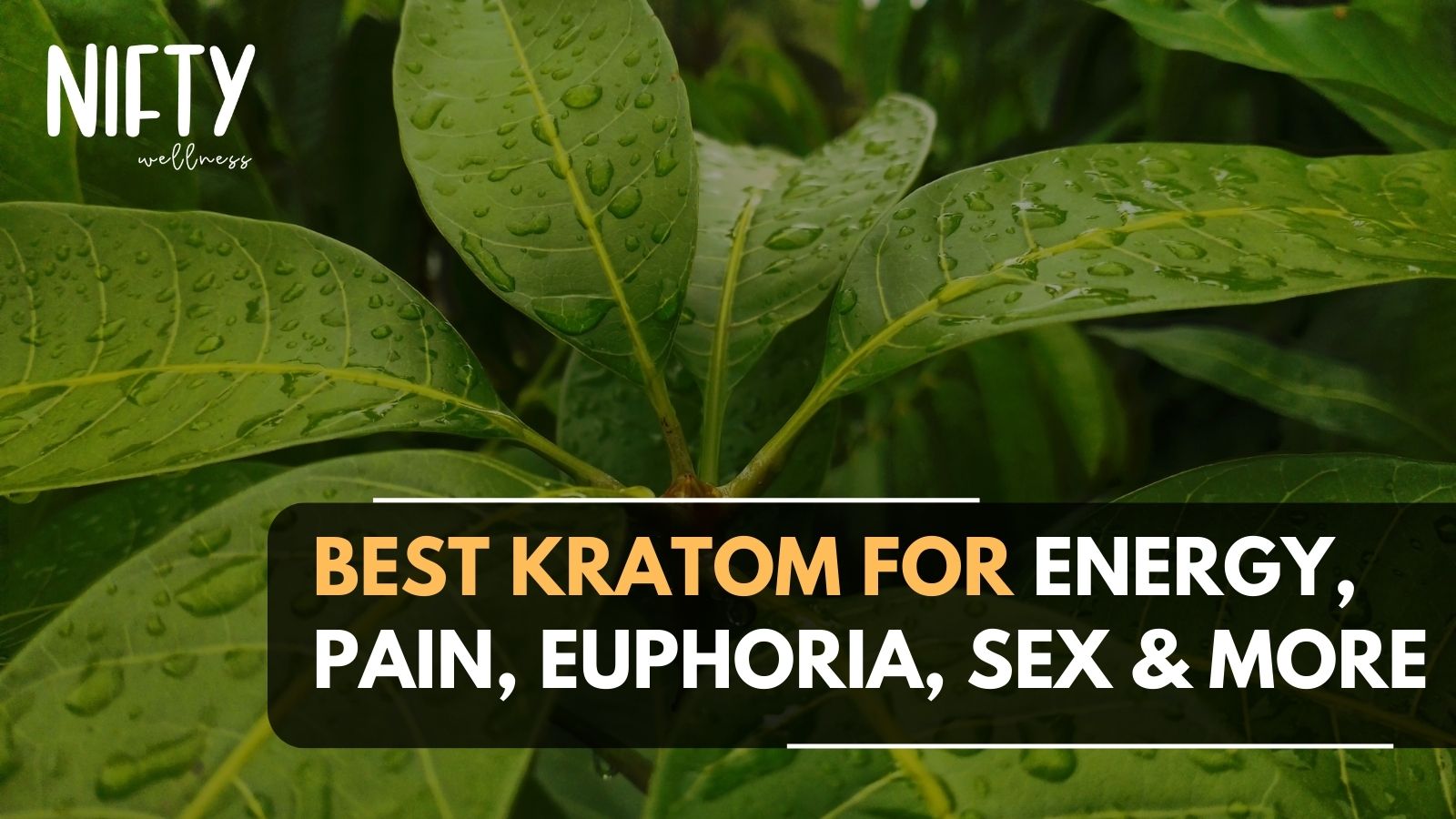
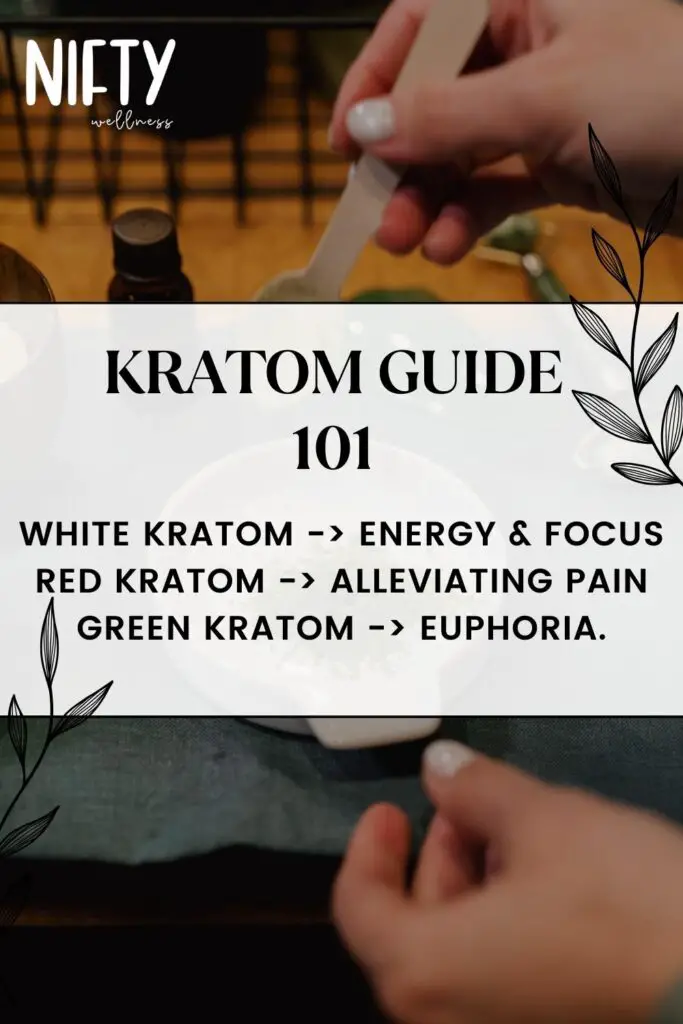


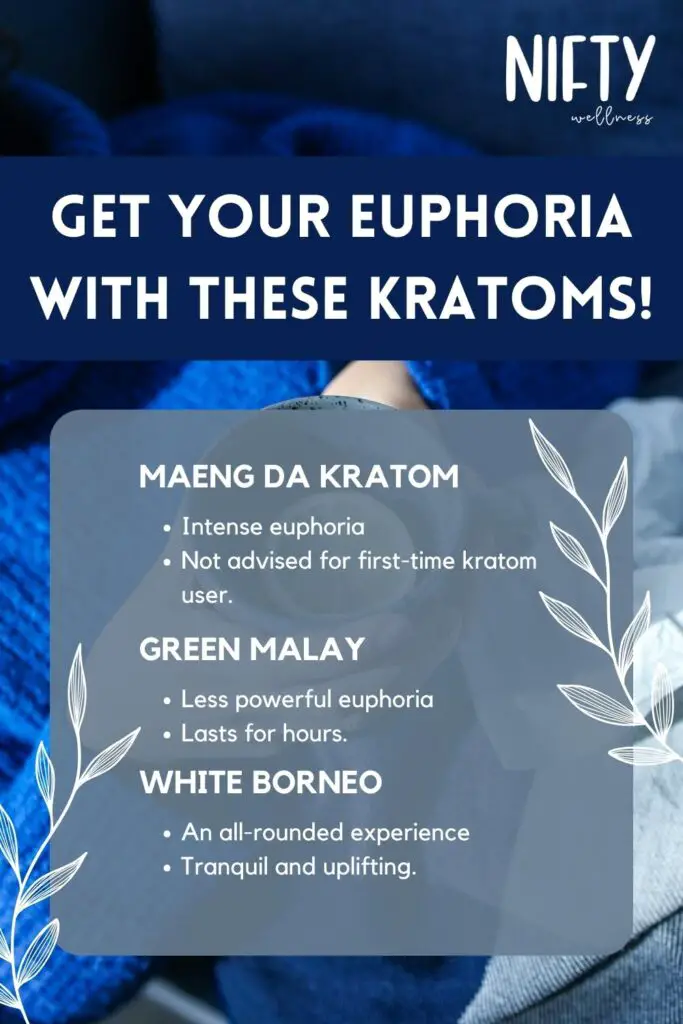

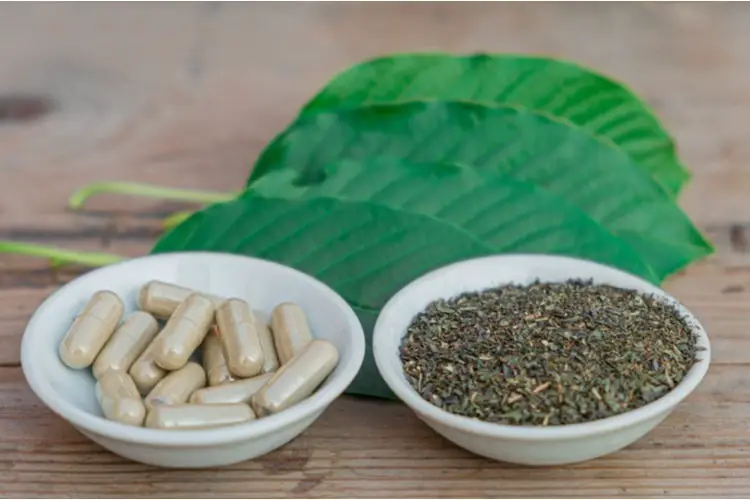
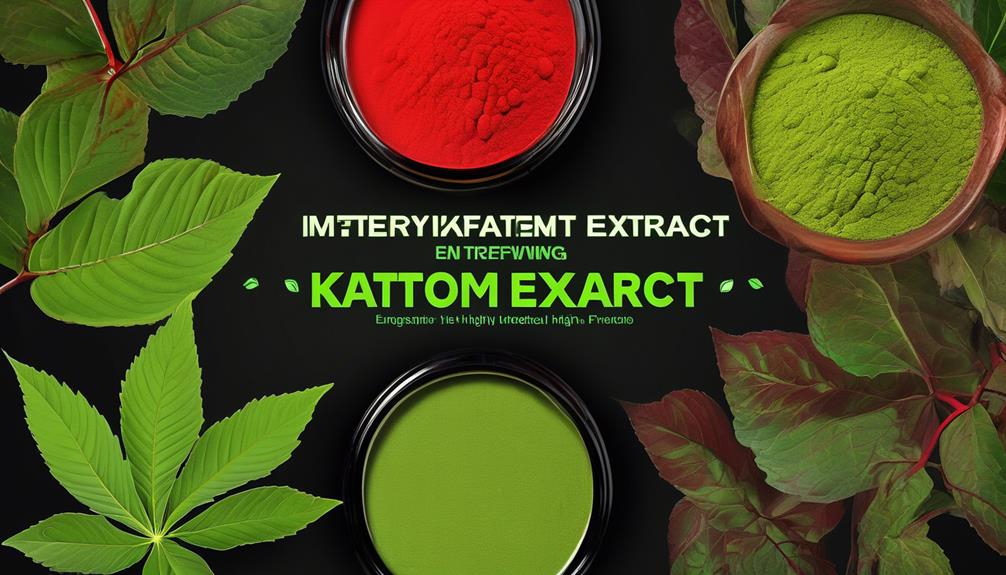
![Best Kratom For Energy And Pain Best Kratom for Pain Relief: [2024]: Premium-Quality Kratom Strains](http://partnercontent.eastbaytimes.com/wp-content/uploads/2024/09/image1_68df5e-1024x576.webp)
